If you thought emerging technologies can solve every riddle of an emerging digital-first world, just pause, and think hard. There are challenges which can test the strength of technologies. The best User Experiences (UX) aren’t crafted by cutting-edge technologies alone. Technology despite all its sophistry, can’t plumb the depths of human emotions or delve into the human psyche. You haven’t understood your users and their expectations fully unless you have taken a deep dive into their minds and mapped their emotions. Design thinking empowers you there. It’s an iterative yet a non-linear process where you understand your users, challenge assumptions, ideate solutions out of the box, prototype and test. Iconic brands like Apple, Google and Samsung have rapidly adopted the design thinking approach. Be it creating business model for selling solar panels in Africa or running operations of Airbnb, design thinking is supplanting orthodox problem solving to tackle dynamic business challenges.
.jpg)
The Steps in Design Thinking
Design Thinking is not an exclusive property of designers, artists or creative professionals. All great innovators in literature, art, music, science, engineering, and business have practiced it. Design thinking is both a science and an art. It can be applied to any field, and isn’t design specific. A human-centred approach, design thinking has five phases- Empathize, Define, Ideate, Prototype and Test.
.jpg)
Empathize:
Empathy provides the critical starting point for Design Thinking. The first stage of the process is spent getting to know the users and understanding their wants, needs and objectives.
Define:
The second stage is dedicated to defining the problem. You’ll gather all of your findings from empathize phase and start to make sense of them.
Ideate:
The third phase in the Design Thinking process is where the creativity happens, and it’s crucial to point out that the ideation stage is a judgement-free zone.
Prototype:
In essence, a prototype is a scaled-down version of the final product that incorporates potential solutions identified earlier. By putting each solution to the test, we can identify any limitations and flaws.
Test: In the final stage, designers or evaluators rigorously test the complete product using the best solutions identified in the Prototype stage. The objective is to get as deep an understanding of the product and its users.
Benefits of Design Thinking
.jpg)
Boosts Creativity & Innovation:
Design Thinking encourages us to remove our blinkers and consider alternatives rather than repeating tried-and-tested methods. There is a mixture of emotion and intuition in the process, along with analytics, science, and rationality.
Reduces time-to-market:
In conjunction with lean and agile practices, Design Thinking focuses on problem-solving and finding feasible solutions in order to cut down on development and design time.
Cost savings and a great ROI:
Businesses save money when successful products are brought to market more quickly. It has been proven that Design Thinking yields a significant return on investment; IBM's Design Thinking practices, for instance, have delivered ROIs of up to 300 per cent.
Improves customer retention and loyalty:
By using Design thinking, you ensure that your product is customer-centric, which in turn increases customer engagement and retention.
Can be applied company-wide:
Design Thinking isn't just for designers. It encourages cross-team collaboration and leverages group thinking. Moreover, virtually any team in any industry can benefit from it.
How businesses have leveraged Design Thinking
Kim Colin and Sam Hecht, founders of the London-based design studio Industrial Facility, worked with Braun and Oral B to develop a smarter electric toothbrush in 2016. In the end, the customer feedback was taken into account to create an exceptional product that increased sales and created loyal customers. Would you believe that Airbnb, now, a hugely successful start-up was once making less than $200 a week? When the co-founders navigated their app like a user, they realized that the bookings were tepid because of terrible pictures. Then, they decided to rent a camera, travel to New York and spend some time with their customers to replace the amateur photos with more professional-looking ones. A week later, their revenue doubled.
UberEats' design team uses design thinking principles to merge modern technology with the antiquated and fundamental act of eating. Also, it has implemented The Walkabout Program, in which UberEats designers are sent to a city to learn about its transportation infrastructure, delivery industry, and dining culture.
Storming into the future
Design Thinking makes an agile company more future-ready. It also incubates a culture of innovation and induces risk appetite without letting companies get overwhelmed by the fear of failure. When the same cutting-edge technologies are used by myriad organizations, the differentiator will be the creative approach to problem solving. Where design thinking matures, it naturally pushes the organization up the maturity curve.








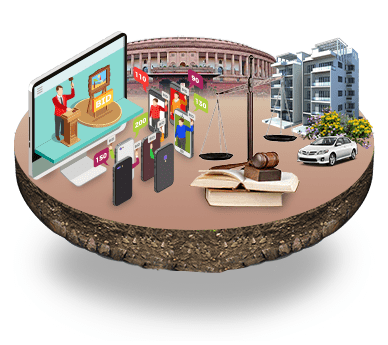








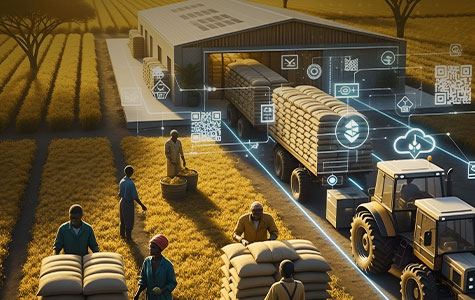

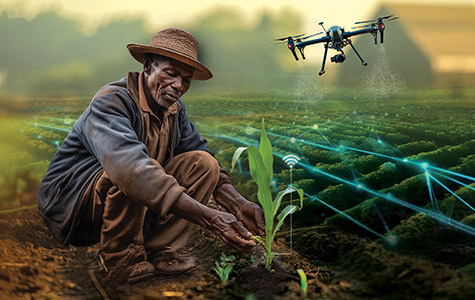


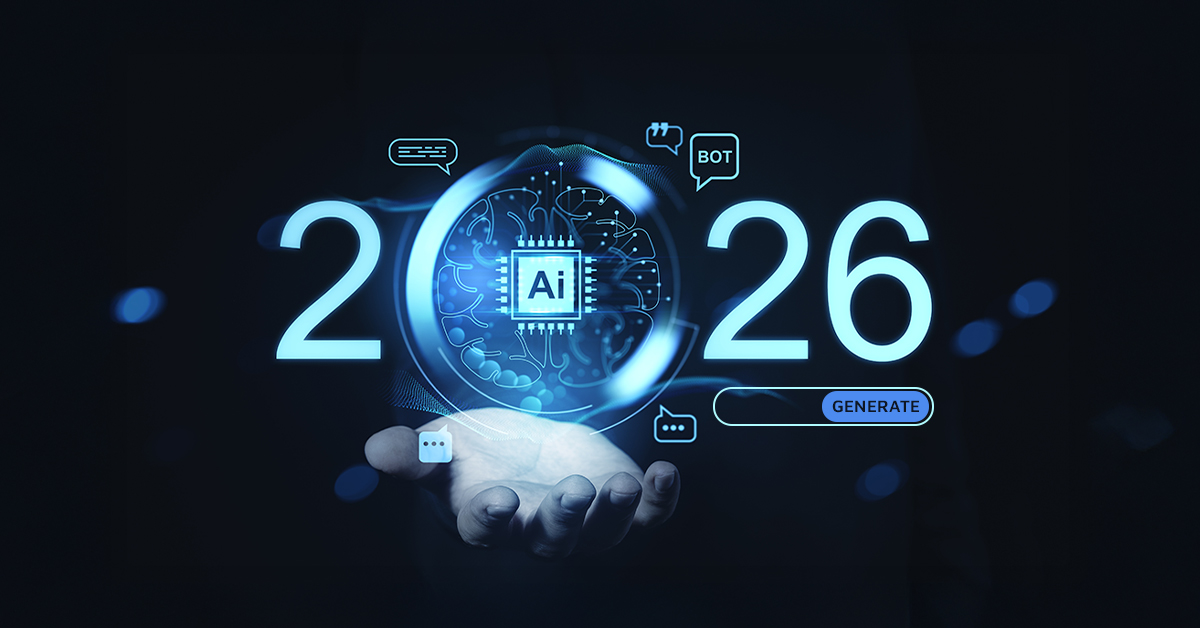














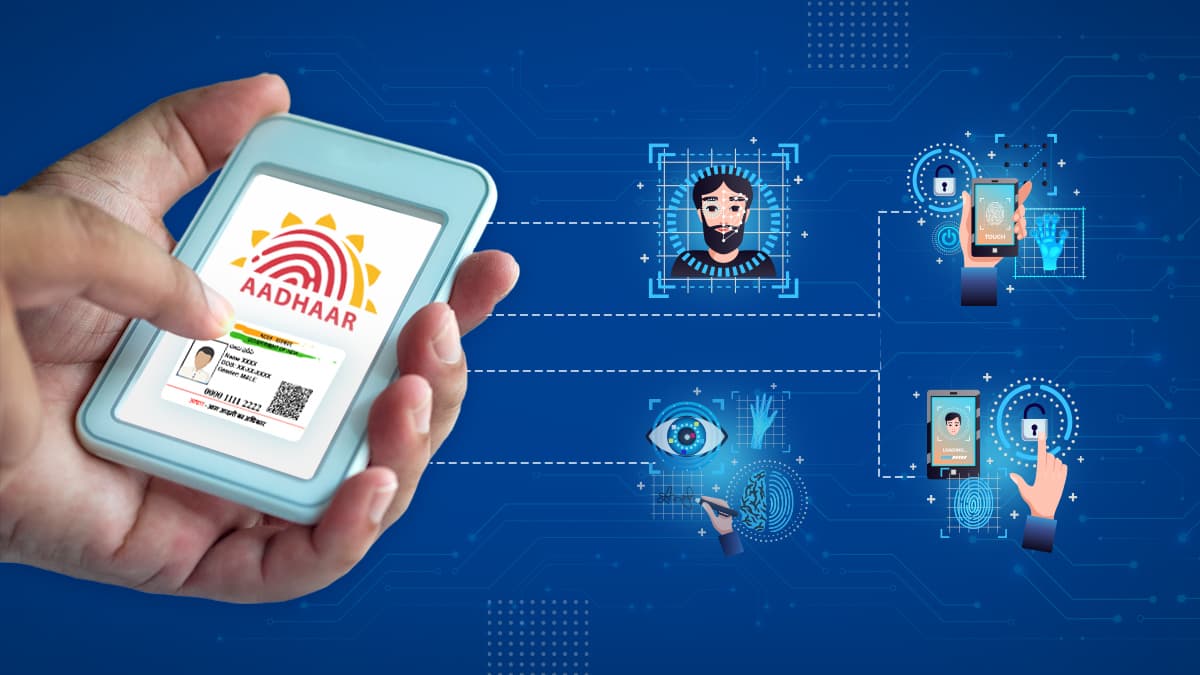


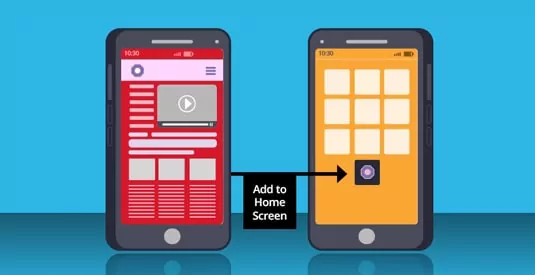

We will verify and publish your comment soon.